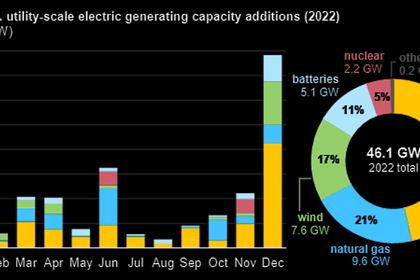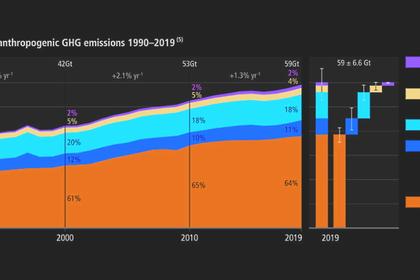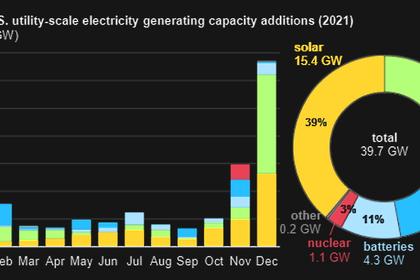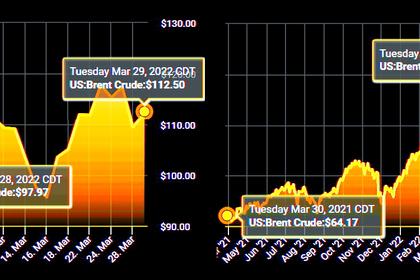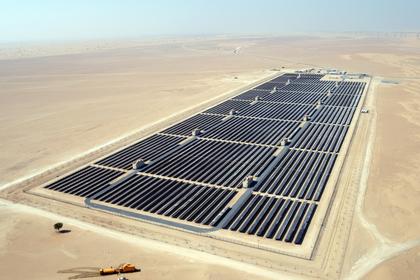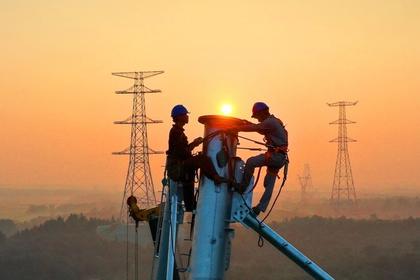AGRI SOLAR INCREASING
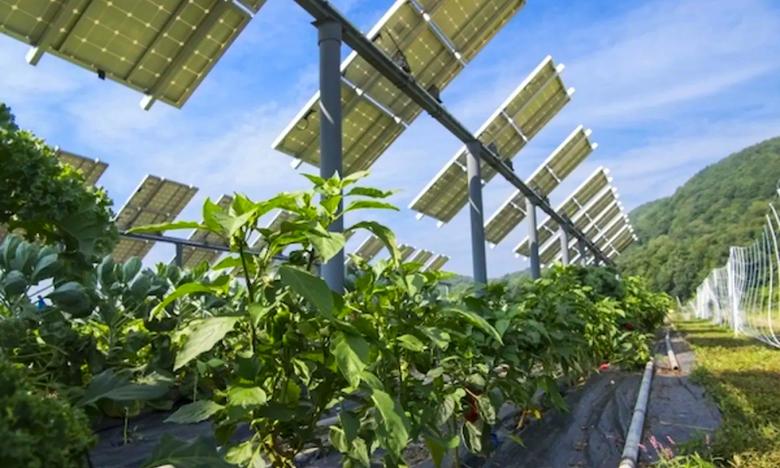
By TOBY COUTURE Director E3 Analytics
ENERGYCENTRAL - Apr 11, 2022 - Agri-PV (or agrivoltaics) has emerged as a major trend in the solar industry and is poised to redefine the way solar PV projects are procured, designed, and built in many countries around the world. The Agri-PV sector has grown from 5MW in 2012 to over 14.000MW today, and momentum is expanding rapidly.
Israel has recently launched an auction specifically for Agri-PV, as has India, including a recent auction targeting Agri-PV on government-owned land in the regions of Jammu and Kashmir. Similarly, a 700MW Agri-PV project has come online in the Gobi desert in China, currently the world’s largest, and several smaller-scale projects are now emerging across the U.S. A flagship project in Boulder County in Colorado is now producing 40 different types of crops under the partial shade of solar panels, including blackberries, tomatoes, and kale. Research centers are starting to emerge across the U.S. to look at which crops can be grown best under solar panels.
In many cases, Agri-PV works by using bi-facial panels that let some of the sunlight through, although projects have been developed using mono-facial panels as well.
As experience with Agri-PV projects grows, it is exiting the pilot phase and entering full-scale commercialization: the annual “Intersolar” conference has made Agri-PV a major focus of this year’s fair in Munich, and the topic even made it into the German government’s latest renewable energy policy proposals.
Those who’ve been following or working in the Agri-PV sector may wonder why it took so long, as the advantages are increasingly clear:
- By combining two revenue streams from the same piece of land, Agri-PV can increase net revenues for farmers and/or developers using the same piece of land: Studies from Germany show that while a hectare planted with wheat and solar PV produced roughly 81% of the yields of a normal wheat field, the site produced substantially higher net revenues per hectare by combining solar revenues with those from wheat sales.
- Agri-PV can help improve revenue diversification, making farmers more resilient to changing market trends.
- At the same time, Agri-PV helps reduce water use needed for irrigation, as the addition of shade creates cooler ground temperatures in and around solar PV projects, reducing evapotranspiration.
- In turn, cooler ambient temperatures have the added benefit of increasing solar PV panel efficiency, providing a small but measurable boost to solar yields. A project in Arizona found that solar panels that had crops growing underneath stayed roughly 9 degrees Celsius cooler and had 2% higher solar PV output than panels without crops underneath.
- Due in part to the additional shade and cooling provided, Agri-PV can also help widen the range of crops that can be grown, particularly in hot and arid regions.
- And finally, Agri-PV is significantly more efficient than other attempts to combine energy and agriculture such as corn ethanol: a recent analysis found that converting the entire 40 million acres (16.2 million hectares) of land currently used for corn ethanol production in the U.S. to Agri-PV would not only provide enough electricity to meet 100% of U.S. electricity demand, it would also generate enough power to electrify the entire passenger transport fleet too (versus the single digit percentages of transport-related energy use that ethanol currently meets). Simply put, Agri-PV is vastly more efficient than corn ethanol, providing a clear exit ramp for farmers and agri-businesses looking to transition out of it.
Despite these various benefits, Agri-PV faces a few challenges: mounting PV systems higher typically increases solar PV project costs. For instance, the project in Colorado mentioned above has configured two-thirds of the panels to be mounted at 6 feet (1.85m) with the remaining third set at 8 feet (2.40m); such taller mounting structures naturally lead to higher costs.
Also, as more people and equipment share the space, electrical conductors need to be properly buried and protected, requiring changes in the way PV projects are designed.
And finally, Agri-PV makes it difficult to use the same large machinery commonly used in many agricultural operations. Transitioning to Agri-PV is therefore about more than simply adding solar to existing farms: it can entail a number of changes to the way farms themselves are planned and managed.
And yet, as concerns over food and water scarcity continue to grow, and awareness of the benefits related to water conservation, crop diversification, and improved land-use continue to spread, Agri-PV is poised to boom. And not a moment too soon.
-----
This thought leadership article was originally shared with Energy Central's Clean Power Community Group. The communities are a place where professionals in the power industry can share, learn and connect in a collaborative environment. Join the Clean Power Community today and learn from others who work in the industry.
-----


